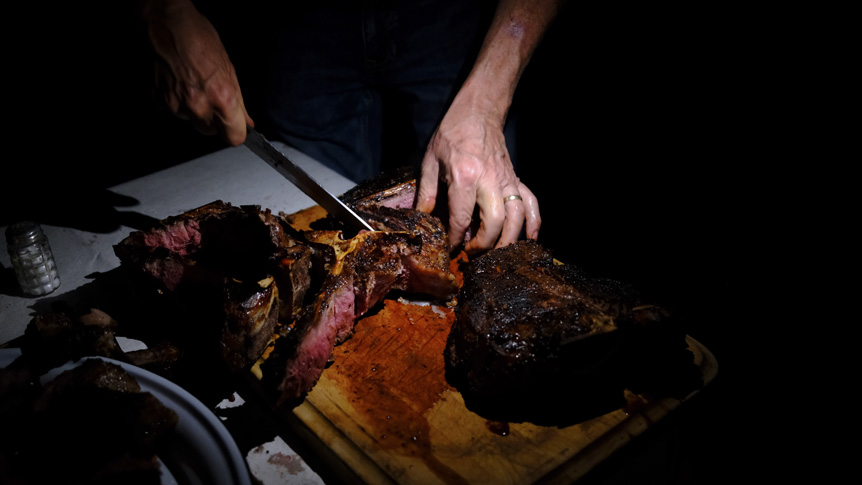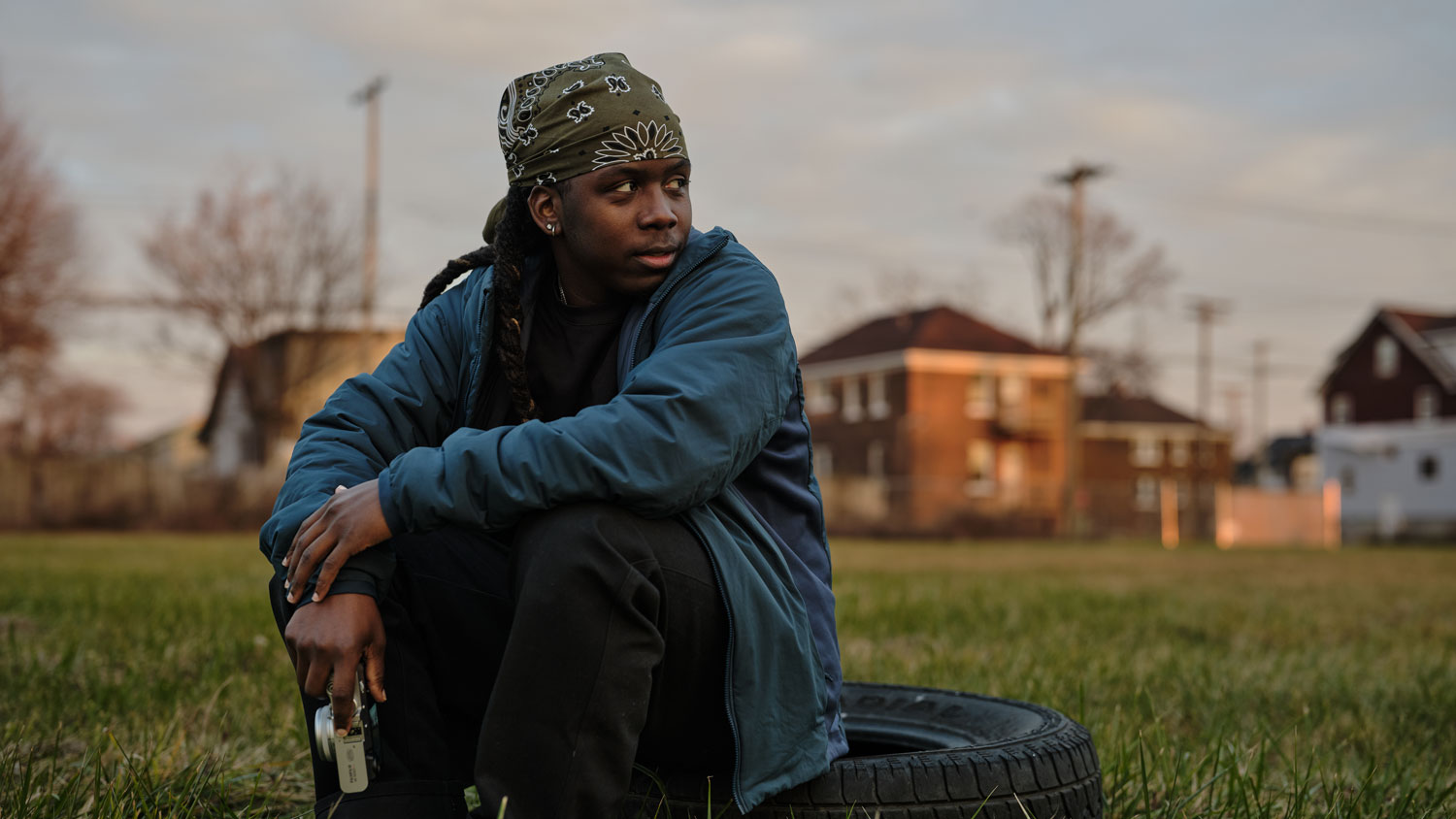
 6 minute read
6 minute read
Documentary Photography Tips With Penny De Los Santos
Professional documentary photographer Penny De Los Santos delivers in-depth tips to improve your approach
Documentary photography is a thrilling genre, grounded firmly in lived experience and open to virtually any subject matter. Everything from photographs of family and friends all the way up to a long-term visual essay can be seen as documentary photography – meaning all of us, at some point, will inevitably explore this imaging niche. Whatever your goals, advice from a professional goes a long way.
Penny De Los Santos has an extensive background in documentary photography. After beginning in newsprint, she shaped her creative process over ten years with National Geographic, eventually finding a focus in food culture. Recently, she documented an exciting scene at Texas and Mexico’s borderlands using FUJIFILM X100VI. Here’s what she learned.

Photo 2023 © Matthew Weintritt | FUJIFILM X-H2S and FUJINON XF16-55mmF2.8 R LM WR, 1/1200 sec at F5.6, ISO 800
How to Start in Documentary Photography
Knowing what to focus your sights on is the first step you need to take. Many professionals, like Penny, will have assignments given to them – but those working on passion alone can suffer from too much choice.
“I had a mentor tell me: self-assign your dream assignment because no one’s going to give it to you,” Penny reveals. “So that’s my first piece of advice. Find something you’ve always wanted to explore and get close to it.”
There is a caveat, however. While anything could be the subject of documentary photography, some places are easier to start than others. Narrow your thinking to something tangible, like Penny’s interest in food, and consider how it will come across visually before you even start photographing.
“When you’re trying to identify a story, first and foremost, do yourself a favor and pick something that’s going to be visual. Settle on something that’s already beautiful in its own right and start there with your photography,” the professional continues. “It’s not only going to photograph better, but will give you confidence in your ability to represent a scene well.”
The final benefit to a documentary project that’s figuratively close to home is being comfortable immersing yourself in your chosen world. Knowledge of and passion for the mutual connection between you and your subjects is invaluable.
“When I fell in love with documentary-style food photography, I considered going to culinary school for a long time, just to understand that world more,” Penny recalls. “You have to be comfortable enough to connect with people in a way that’s reassuring to them, so that they can trust you’re going to honor their story. Camera skills and putting yourself in the situation are part of it, but how you interact is another huge factor. Find a project you can bring your whole heart to.”

Photo 2023 © Penny De Los Santos | FUJIFILM X100VI, 1/250 sec at F3.2, ISO 500
How to Achieve the Best Photo Documentary Results
There are countless approaches and techniques within documentary photography – all of which will differ based on photographer and subject. Penny’s next piece of advice, however, is much simpler: focus on personal strengths.
“I’m not the photographer that’s going to spend hours on camera settings or editing,” she explains. “I will definitely have somebody else retouch an image when it’s needed. Where I’m stronger is in the field: identifying the stories, creating trust with subjects, and investing time to witness special moments. So, that’s what I focus on – and I’d tell others to do the same.”
Perfecting images in-camera was simple for Penny with X100VI’s Film Simulations, leaving her to focus on what mattered to her most, and find success alone.
Without such an equipped camera – and outside of a professional workflow with budget – another approach is to find a free collaborative exchange with other image makers in your life. By sharing strengths, you’ll both achieve better work than you could have alone.

Photo 2023 © Penny De Los Santos | FUJIFILM X100VI, 1/80 sec at F2.2, ISO 2500
How to Balance Story and Aesthetic
One of the toughest aspects of documentary photography is creating a beautiful image from a moment that can never be repeated. The only solutions Penny has found in her vast experience are foresight and acceptance.
“Documentary photography is a combination of many factors, and I feel like the perfect aesthetic is overrated,” she notes. “With that said, understanding composition, color, and light is important. Those are the three things you have to know in your DNA, and when they become a second language you can get there quick.
“Then, you have to learn to anticipate moments, so you can photograph them. That’s all about a photographer’s instinct and immersion in the scene. When you think something important is about to happen, put yourself in a position to be ready for it.”
Moments will inevitably be missed, and those that are seized may not be aesthetically perfect – particularly in the early days. In either instance, don’t be thrown off.
“If a moment happens, it happens. And if it doesn’t, your picture is going to happen someplace else. You can love a day’s work without making every image you set out to make. And you can always continue a project. That’s all to say that understanding when and why you don’t get the image is just as important as getting it, so don’t be discouraged.
“If you document a great moment but it doesn’t look exactly how you wanted, that’s fine too. Aesthetic is so subjective and everybody’s going to react to it differently. Equally, not every picture has to be this reflective, all-encompassing, powerful storytelling moment,” Penny concludes. “They can be quiet, they can be active, they can be posed. Photography speaks to people differently. Combining aesthetic and story, you can’t always fully shape either, so just be true to yourself and the subject. Often, the photo chooses you.”

Photo 2023 © Penny De Los Santos | FUJIFILM X100VI, 1/25 sec at F2, ISO 5000
Read more about Penny’s project, or browse all the content on Exposure Center for education, inspiration, and insight from the world of photography.
For more information about the camera Penny used for her project, shop X100VI now or read the full specifications here.






























































